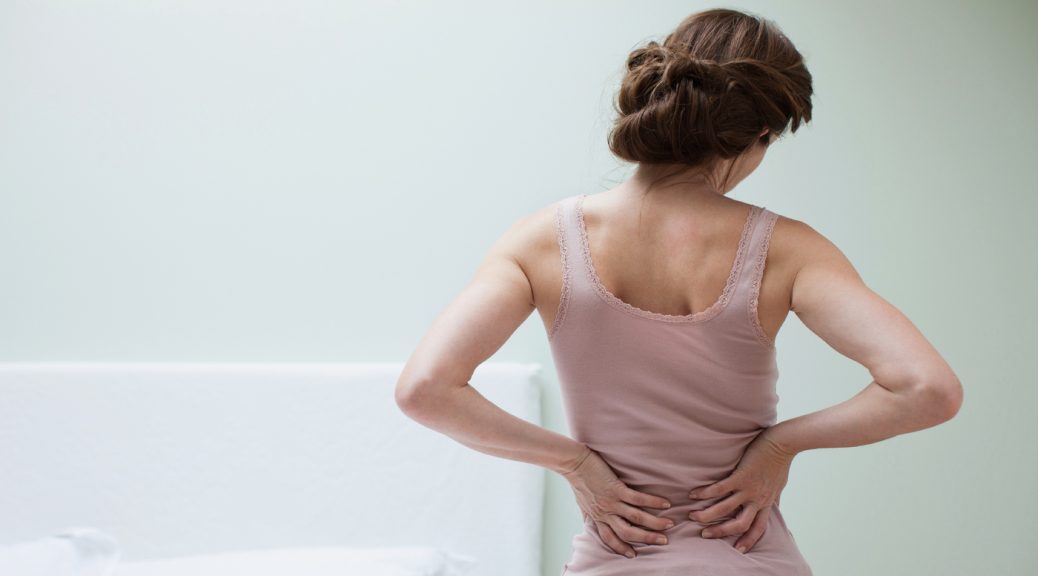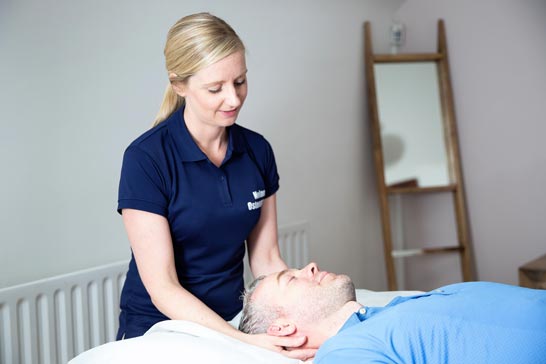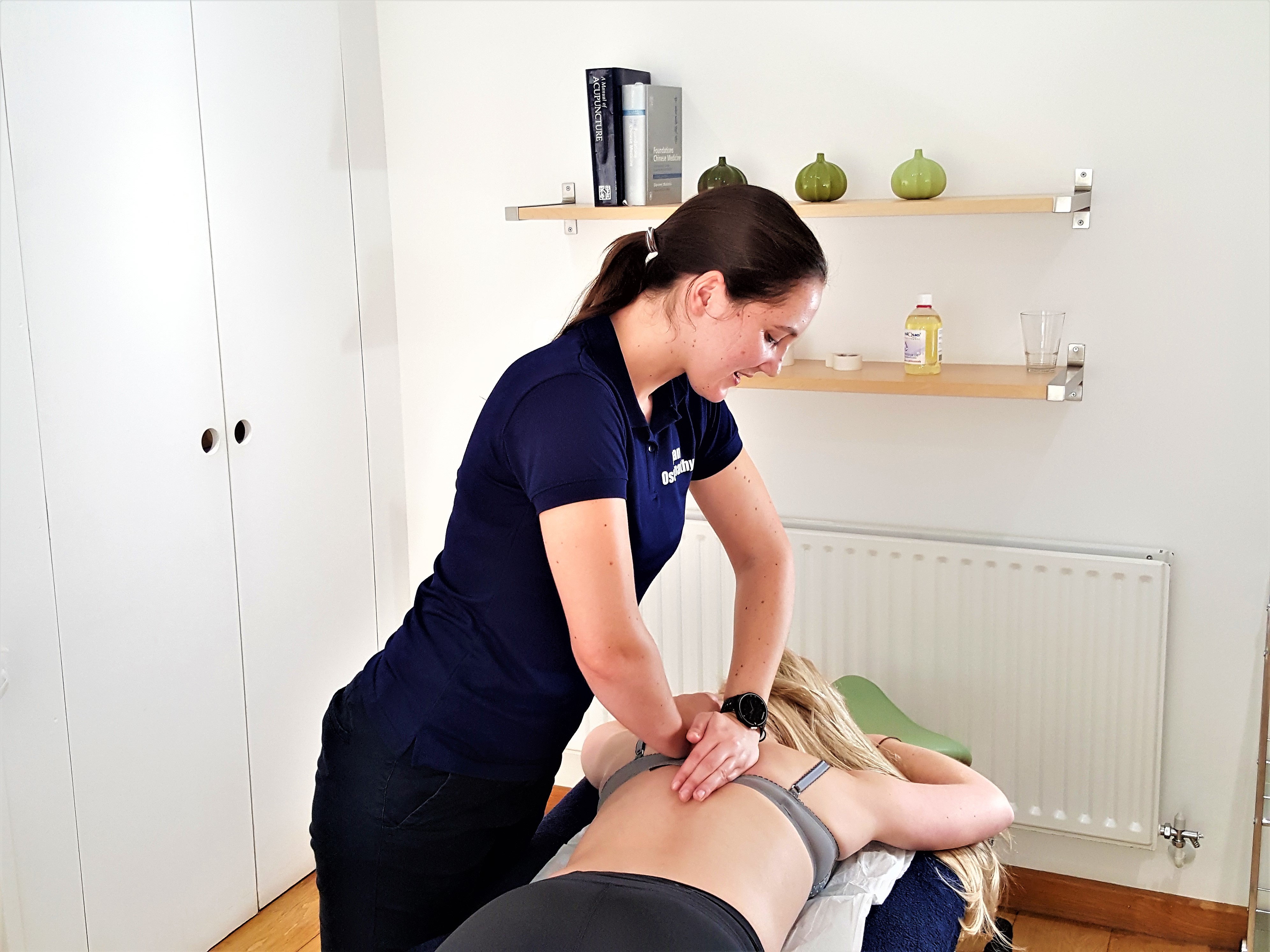What To Do When You Get A Back Muscle Spasm
November 1, 2018
Maria Nolan

The dreaded back muscle spasm. One moment you’re bending over to pick something up and the next you’re in absolute agony unable to move. Muscle spasms can be caused by muscle imbalances, overuse, a sports injury or an accident but it could also be your body telling you that there may be a more serious underlying issue in the structure of your spine. Interestingly, the NHS estimate that muscle spasms will affect eight in ten adults at some point in their lives.
So what can you do if it happens to you?
– First 48 to 72 hours (Ice): Immediately stop what you are doing. Get an ice pack or wrap a pack of frozen peas in a towel and apply it to the affected area for 15-20 minutes, sitting or lying in a position that is most comfortable for you. Repeat this process every two hours. Never apply the ice directly to the skin. During this phase, avoid hot packs, heat pads and saunas as these can increase the swelling.
– After 72 hours (Ice & Heat): Alternating between ice and heat can be very helpful. The ice initially works to reduce the inflammation and then you introduce the heat to increase the blood flow to the area. This will help relax tight muscles and irritated nerves. Begin with ice for 5 minutes, followed by heat for 5 minutes. Wet a towel and heat it in the microwave and apply it to the affected area. Alternatively use a heating pad. You may also find relief by soaking in a bath of hot water.
Rest is important but continue with light activity such as walking or gentle stretching. This will ensure blood continues to flow around the body and will help prevent the affected area from seizing up.
Other helpful tips
– Elevating your legs takes pressure off the spine and may also help relieve pain. Lying on the floor with your legs resting on a stool (knees and hips bent) can be very effective.
– Aspirin or ibuprofen can help reduce inflammation and alleviate pain. Speak with your GP or another qualified healthcare provider such as an osteopath about this.
Once the pain has eased and you’ve allowed enough time for the inflammation to subside, start focusing on what you can do to prevent it from happening again. Here’s what we recommend at our clinics.
- Start stretching: incorporate gentle stretching exercises into your daily routine. Also consider joining a yoga or pilates class.
- Regular exercise: Find an activity you love doing and do it consistently. This can be something as simple as going for a 20-30 mins walk each day. You’ll really see the benefits of doing this in no time at all.
As always, if you have any questions about the above or would like some more information, please feel free to get in touch. Remember, we offer a complimentary 15 minute consultation with one of our osteopaths, either by phone or by appointment, where we can discuss any concerns or issues you may have and how we can help you.
Thanks for reading,
Maria





